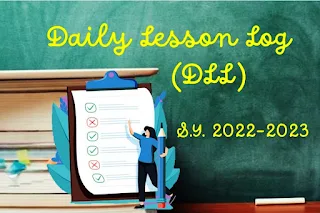In recent years,
gamification has become a popular strategy for engaging students in classroom
instruction with technology. Gamification involves the use of game-like
features, such as points, levels, and badges, to motivate and reward students
for learning. While there are many benefits to incorporating gamification into
the classroom, there are also risks that educators should consider. In this
essay, we will explore the benefits and risks of incorporating gamification
into classroom instruction with technology.
One of the primary
benefits of gamification is that it can increase student engagement and
motivation. By incorporating game-like elements into the learning experience,
educators can make learning more interactive and enjoyable for students.
Gamification also provides students with immediate feedback and rewards for
their progress, which can help to maintain their interest and momentum.
Another benefit of
gamification is that it can promote a sense of competition and collaboration
among students. By encouraging students to compete for high scores or work
together to achieve shared goals, educators can foster a sense of teamwork and
camaraderie in the classroom. Gamification can also help students to develop
important skills such as critical thinking, problem-solving, and creativity.
However, there are
also risks associated with incorporating gamification into the classroom. One
risk is that students may become too focused on achieving high scores or
earning rewards, which can distract from the learning experience. Additionally,
students who do not perform as well in a gamified environment may become
discouraged or disengaged, which can negatively impact their academic
performance.
Another risk of
gamification is that it may reinforce stereotypes and biases. For example, if a
game is designed in a way that privileges certain demographics, such as males
or individuals from higher socio-economic backgrounds, it can perpetuate these
biases in the classroom. Educators must be mindful of these risks and work to
design gamification experiences that are inclusive and accessible to all
students.
To effectively
incorporate gamification into classroom instruction with technology, educators
should consider the following strategies. First, educators should set clear
learning goals and align the game mechanics with these objectives. This will
help to ensure that the game is a meaningful and valuable learning experience
for students. Second, educators should provide students with opportunities to
reflect on their learning and make connections between the game mechanics and
the course material. This can help students to see the relevance of the game to
their overall learning goals. Finally, educators should be intentional about
designing gamification experiences that are inclusive and accessible to all
students, regardless of their background or prior experiences.
In conclusion,
incorporating gamification into classroom instruction with technology can provide
many benefits to students, including increased engagement, motivation, and
collaboration. However, there are also risks associated with gamification, such
as reinforcing biases and distracting from the learning experience. To
effectively incorporate gamification into the classroom, educators should be
intentional about setting clear learning goals, aligning the game mechanics
with these objectives, and designing inclusive and accessible experiences for
all students. By doing so, educators can harness the power of gamification to
enhance student learning and engagement in the classroom.














